We can easily forget what’s good for our body, mind and soul, as well as what’s helpful for the planet, yet trying to stay healthy and boosting our immune system is what we all need. Eating leafy greens and choosing a rainbow of colours from freshly harvested fruit and vegetables is essential and oh so easy thanks to seasonal, local produce. So let’s make the most of these wonderful flavoursome ingredients for the next few months; eating the very best that spring and summer have to offer.
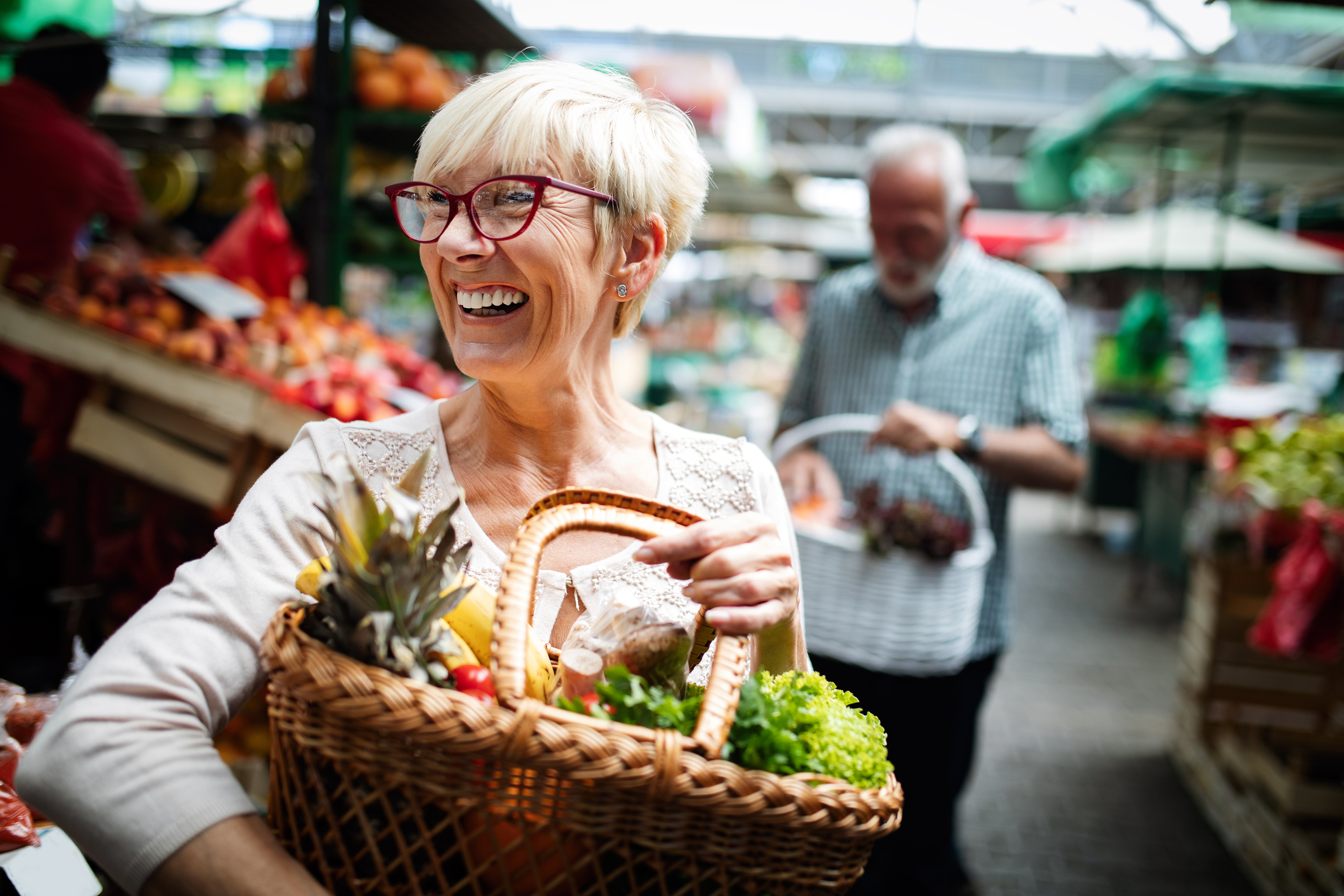
Shop Local
The next time you head out to the shops - try this simple exercise. When you return home to unload your bags, take a look at the packaging to see where exactly your food is coming from. Check the labels on fruit, vegetables, salads, herbs and so on. You might just be surprised at what a round the world trip your shopping has really had! While I do find this fascinating and I know that some items really can’t be grown here in the UK, it makes you realise how close the link is, between our desire for convenience and abundance at the expense of taste, nutrition and ultimately, the environment. Being able to buy most ingredients all year round does make me think sometimes, that we don’t appreciate them for what they really are, especially when they are at their peak. When produce has been picked, processed and shipped thousands of miles to sit on our supermarket shelves, chances are that such produce may not be the best-tasting version of itself.
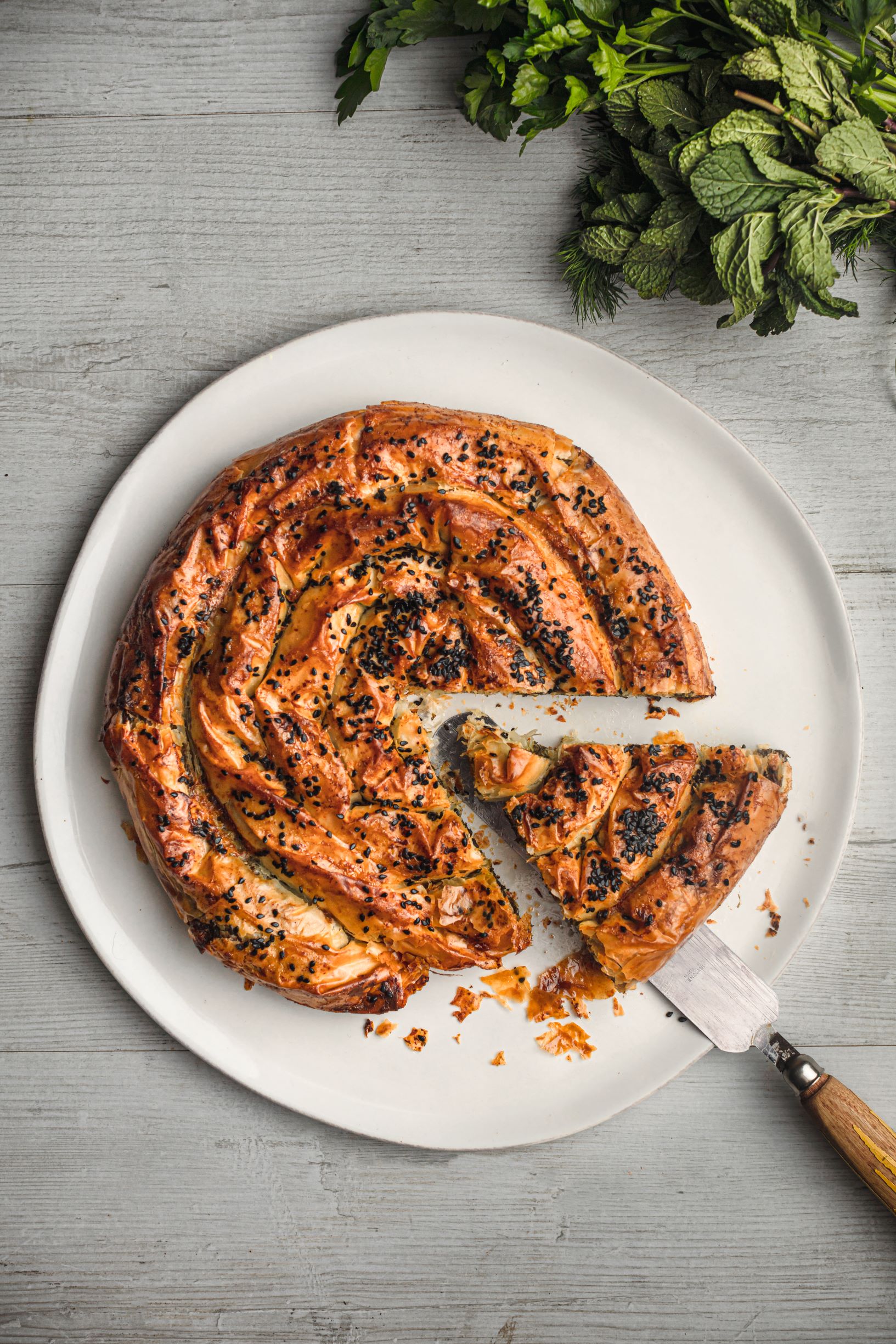
In Season
For me this is why eating local and seasonal is so important. It will taste better, it’s usually healthier and is much better for our environment. Of course, this doesn’t mean you shouldn’t enjoy eating an avocado for instance or any other ingredients from around the world. What is could mean, for me at any rate, is that this other, world-travelled produce, should be supplementing what is available seasonally and locally and it is these items that should be the star of the dinner table. If you’re looking for inspiration on what to cook for a mid-week meal or weekend supper, check out our recipe for British Springtime Spanakopita. With spring onions, nettles, wild garlic, spinach and fresh herbs, this traditional Greek and spinach pie can be made with any seasonal greens and herbs. It can be cooked in our Combination Steam Oven and has a lovely crisp and golden pastry top.
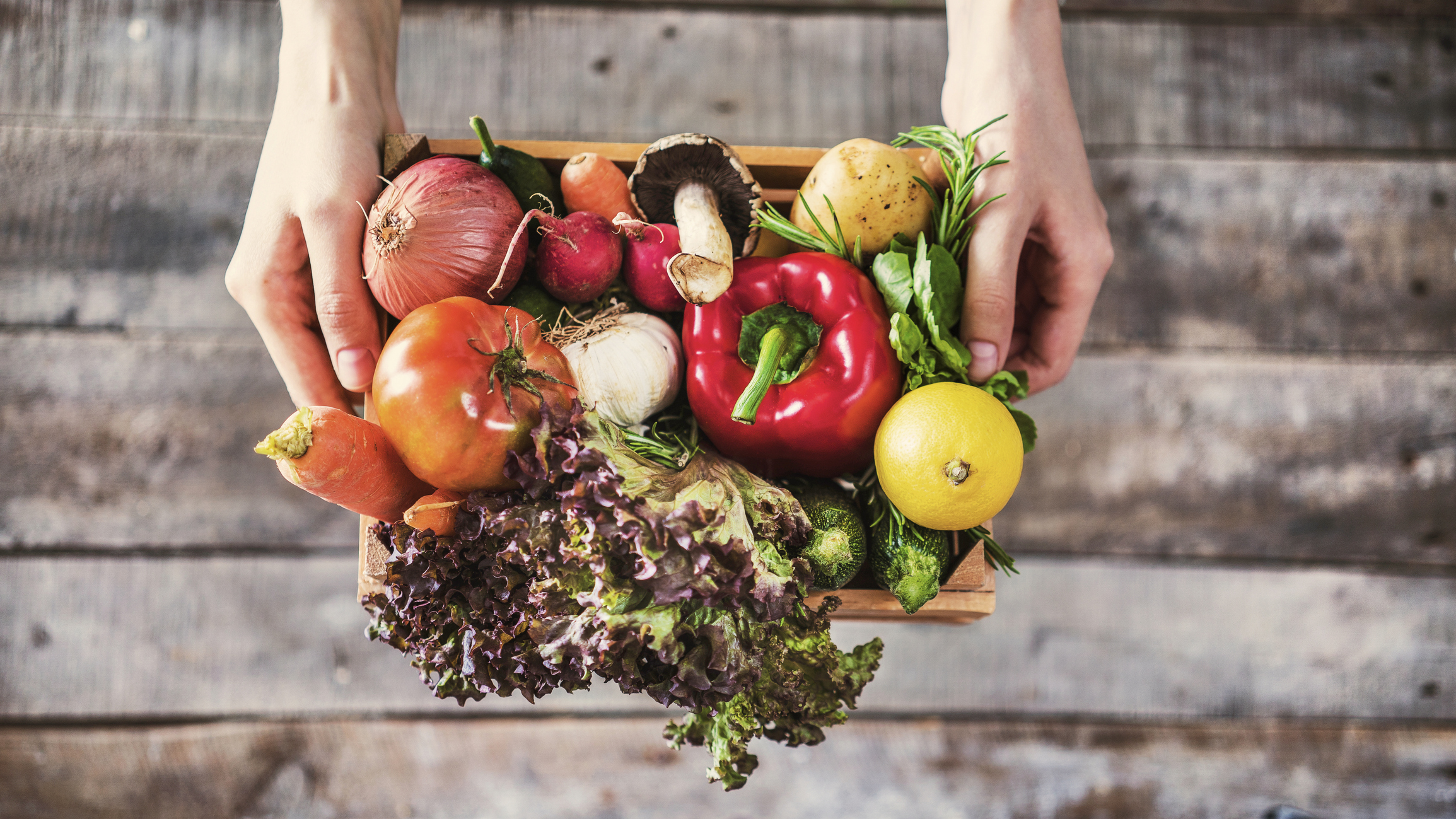
Eat The Seasons
When you’re in need of further ideas for seasonal meals to make, there is plenty of online inspiration that can help you identify really easily what’s available and what’s in abundance, at any time of the year. Visit www.eattheseasons.co.uk to find out what’s good to eat now. Its Seasonal Food of the Week for instance, can help you to plan your shopping list for the week ahead, reducing waste and cutting down the cost. Make a note of when the foods you enjoy the most are in season and check what alternatives are available when these are no longer readily available to avoid the temptation of buying the same produce all year round.
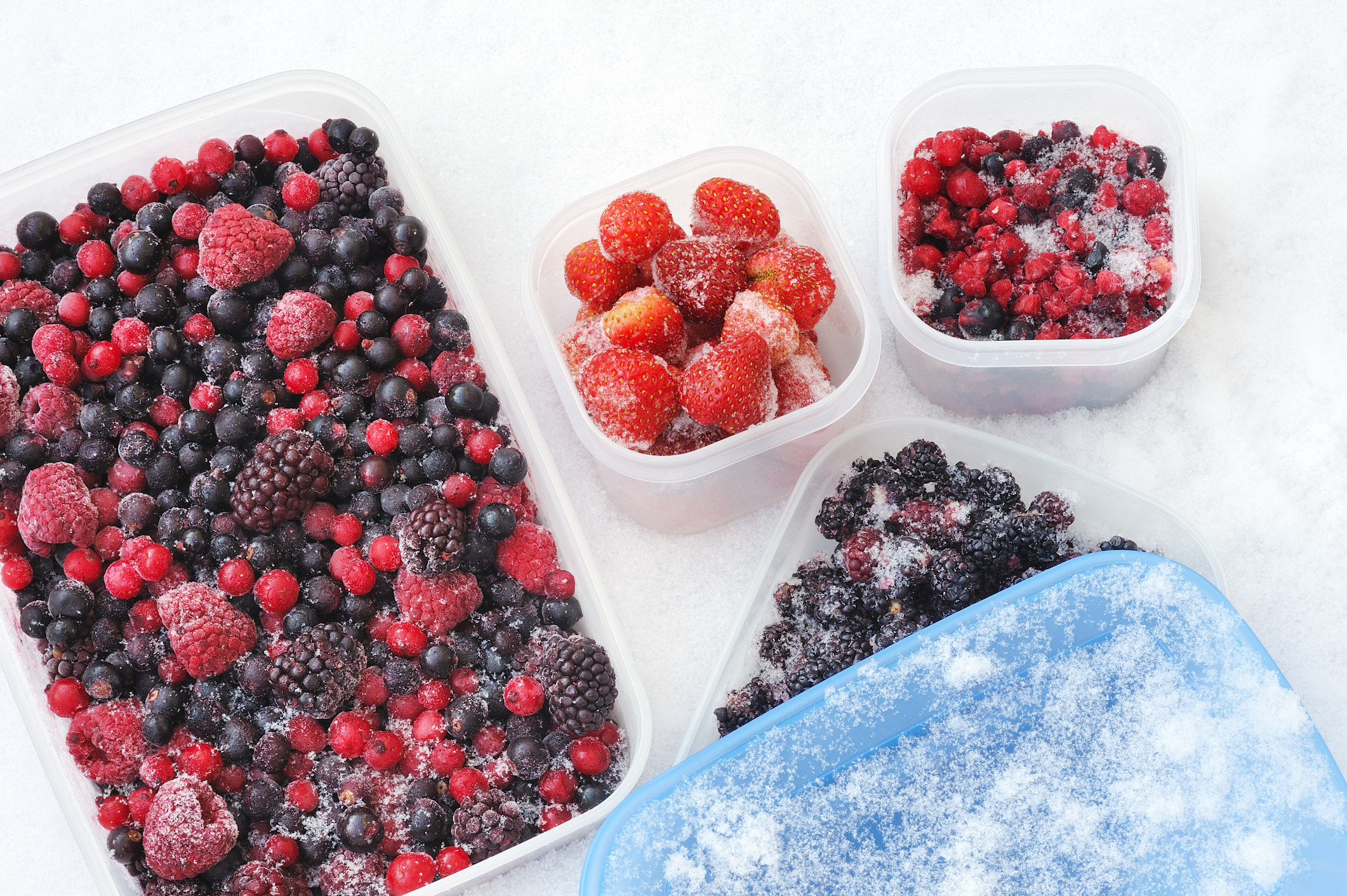 Plan Ahead
Plan Ahead
There are plenty of ways to store your favourites and make them last longer too, such as freezing berries during the summer months when they are at their best or selecting vegetables that will last much longer once stored. The key is to plan ahead, which may sound like hard work, but is totally worth it. No one needs to be eating strawberries or tomatoes all year round – we know they taste better in the middle of summer so just think differently and choose your ingredients according to what’s seasonal, available and local to you and you’ll soon be creating all sorts of culinary treats that you never thought of before.

Rhubarb Season
For a delicious dessert, how about our Rhubarb Rose Galette? We’ve got the perfect recipe here that is sure to be a favourite with all the family. A flat, round pastry-topped pudding with a frangipane and rhubarb filling, we’ve made it with polenta but you can use plain flour instead. You could also include fresh or frozen berries as well as hardy fruits such as apples.
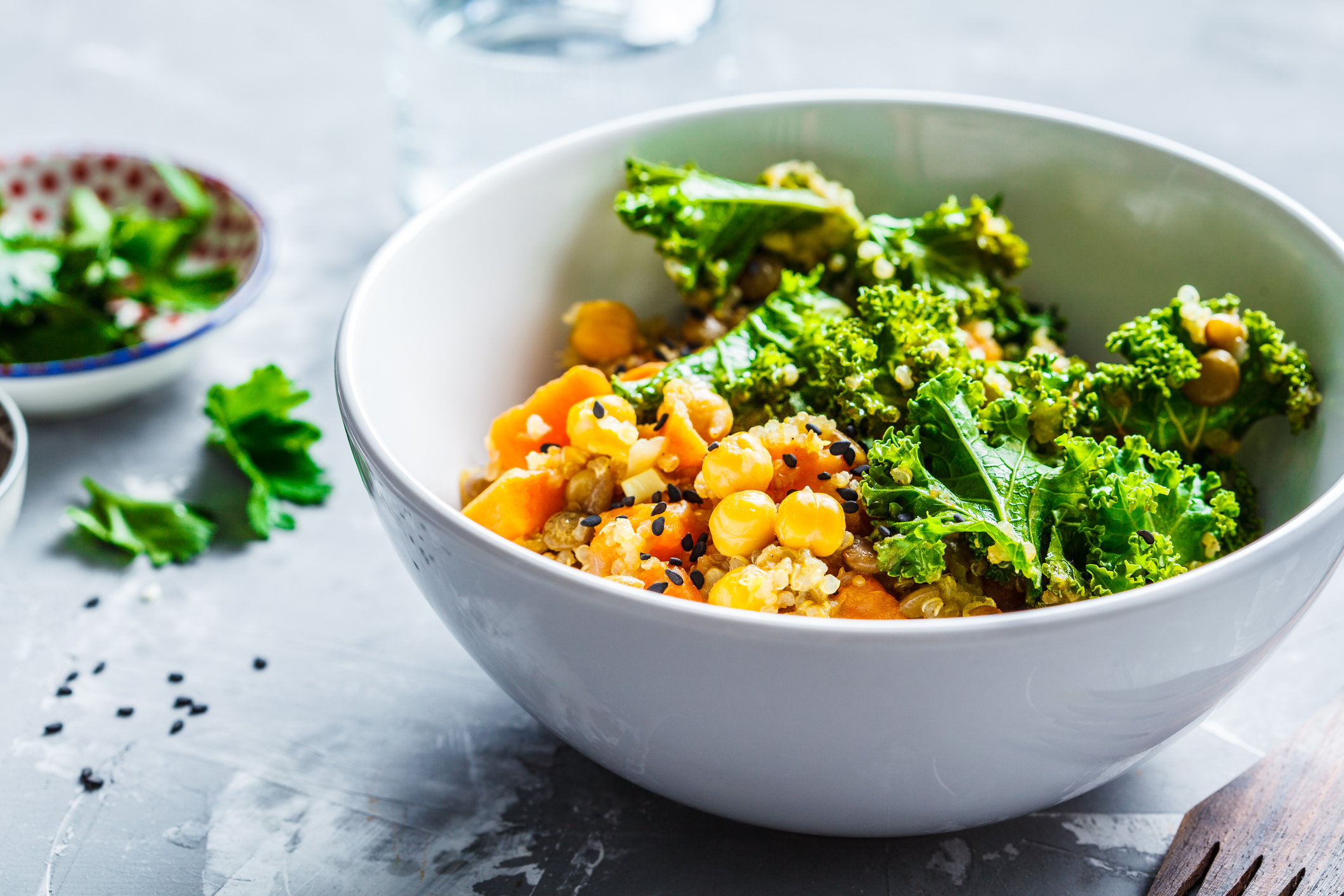
Winter Foods In Season
Once we move into the autumn and winter months, eating seasonally is as much about planning as it is creative thinking. Kale and cabbage are great alternatives to spinach and lettuce. And for winter salads, simply skip the tomatoes and cucumber and swap for roasted root vegetables mixed with a whole grain such as quinoa or spelt and chopped kale. Warm salads are better suited to the colder months as well as being more in line with our body’s natural cravings for comfort food.

Planning Your Kitchen?
Discover the precision and accuracy of Miele with a complimentary 5 course taster menu that brings the appliances to life.



